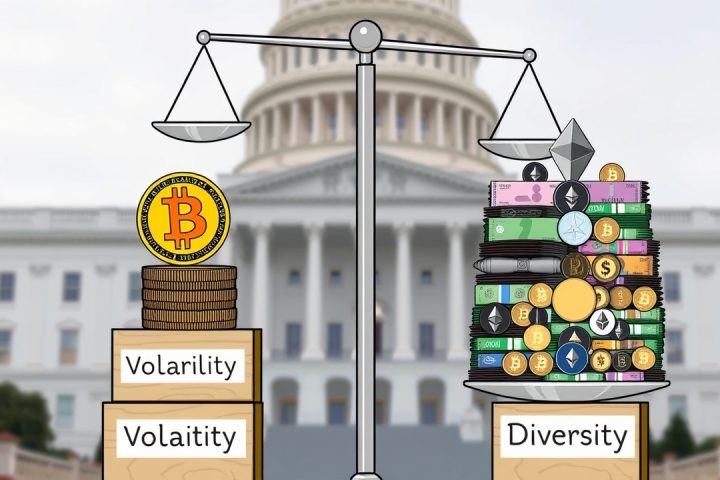India’s Web3 Landscape and Regulatory Challenges
India’s burgeoning Web3 landscape is currently hindered by bureaucratic disputes, which experts claim are preventing the country from realizing potential economic gains in the trillions. While neighboring Asian nations are adopting clear regulations for stablecoins, India’s progress in this area is stalled.
Expert Insights on Stablecoins
Aishwary Gupta, the Global Head of Payments & RWAs at Polygon Labs, noted that Indian banks are ill-prepared to engage with stablecoin systems, highlighting a significant gap in readiness. In an interview with Decrypt, Gupta suggested that if the country were to leverage stablecoins in international transactions, it could save about $68 billion (approximately ₹5.7 lakh crores) annually. Unfortunately, India’s extensive developer base and user community is being sidelined due to a lack of supportive regulations.
Regulatory Landscape Comparison
Despite significant advancements elsewhere—including the recent signing of the GENIUS Act in the U.S., which established a framework for issuing stablecoins—India’s regulatory landscape remains murky. Gupta pointed out that there exists an elemental “ownership crisis” among the various government departments, each reluctant to claim responsibility for regulating cryptocurrencies. He described this bureaucratic conflict involving the Ministry of Finance and the Ministry of Electronics and Information Technology, along with other agencies that touch upon crypto regulation but fail to provide cohesive leadership.
Current Indian regulatory efforts mirror a gridlock where departments defer the responsibility, leading to stagnation in initiative development. In contrast, nations like Dubai and Singapore have streamlined entities (VARA and MAS, respectively) to lead blockchain and crypto efforts, providing a stark contrast to India’s disjointed approach.
Banking Sector Concerns
By engaging with industry executives, Gupta found that one primary apprehension among banks about adopting stablecoin technology is the uncertainty surrounding the Reserve Bank of India’s (RBI) stance on the matter. He relayed that while banks are not opposed to utilizing stablecoins, they lack the necessary direction from the central authority.
Calls for Cautious Regulation
On the other hand, Suraj Sharma, the head of legal and compliance at crypto exchange Gate.io, argued for a cautious regulatory approach. He cited legitimate concerns regarding monetary sovereignty, capital flight, and systemic risks posed by unregulated stablecoin transactions. Sharma stressed the need for a clear policy that differentiates stablecoin use cases such as remittances and on-chain foreign exchange transactions to ensure that any potential risks are assessed properly before moving ahead.
Future of Digital Currency in India
As the Reserve Bank pushes forward with initiatives for a digital rupee, Gupta casts doubt on whether this development sufficiently addresses the broader needs of the international payments landscape. He noted that banks currently earn substantial fees from traditional cross-border transactions, creating institutional resistance to adopting technologies that reduce costs.
Gupta pointed out the troubling trend of talent exodus from India’s crypto industry, suggesting that a significant share—80% to 85%—of top professionals have already left for opportunities abroad, a situation exacerbated by the lack of a regulatory framework that fosters innovation and user protection at home. Meanwhile, nations like Japan and South Korea are quickly advancing in the stablecoin arena, with Japan’s new yen-backed stablecoin and legislative efforts in South Korea to regulate cryptocurrencies taking shape.
Conclusion and Future Outlook
Gupta and co-founder of TCX, Upmanyu Misra, both emphasize the importance of swift action by India to secure its position in future digital finance discussions. With over 86% of financial institutions reporting a willingness to explore stablecoin utilization, the demand for speed and efficiency in settlements is apparent.
Gupta remains optimistic, believing that once regulatory certainties emerge, three different entities will be poised to launch stablecoin services promptly. He suggests that India could take cues from Brazil’s PIX system, which effectively integrates stablecoins into the payment infrastructure. However, he acknowledges that India possesses unique complications due to its capital control regulations, which heightens the relevance of central bank digital currencies (CBDCs) in the nation’s financial ecosystem. Gupta expresses hope that with the right frameworks in place, India can emerge as a leader in stablecoin innovation in due course.




